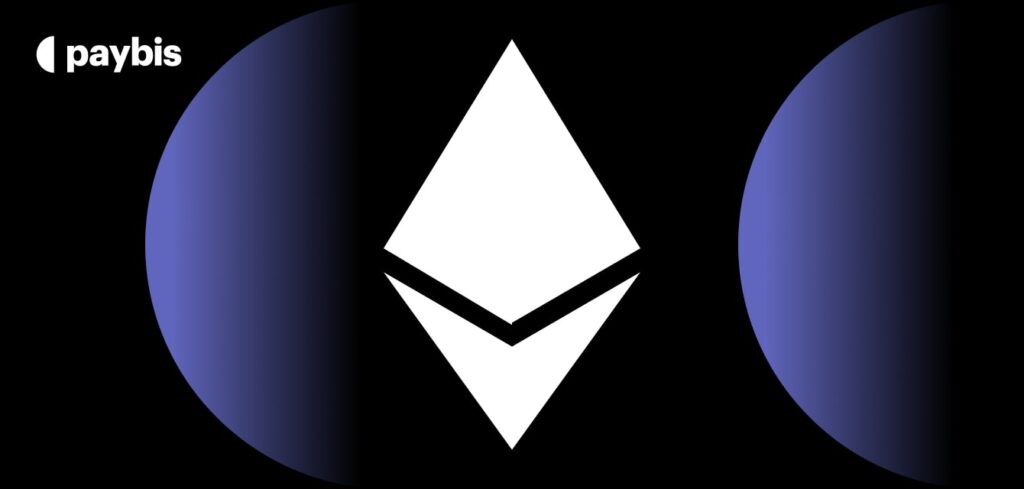Cross-Chain Bridges
Cross-chain bridges are protocols that enable the transfer of assets, tokens, or data between different blockchain networks that operate independently. They work by locking the asset on the source blockchain and creating an equivalent representation on the destination blockchain, facilitating interoperability between otherwise incompatible systems.
Table of contents
What is a Cross-Chain Bridge?
Cross-chain bridges are protocols or systems that allow different blockchain networks to communicate with each other. They enable the transfer of tokens, assets, and data between blockchains that are otherwise incompatible. For example, a cross-chain bridge can allow a user to transfer Bitcoin (BTC) to the Ethereum network, where it can be used in decentralized finance (DeFi) applications or other Ethereum-based services.
Types of Cross-Chain Bridges
- Trusted Bridges: Trusted bridges rely on a centralized entity or group of entities to manage the locking and minting of assets. Users must trust that these entities will correctly handle their assets. While trusted bridges are easier to implement, they introduce centralization risks, such as the potential for fraud or mismanagement.
- Trustless Bridges: Trustless bridges, on the other hand, operate without the need for a centralized intermediary. Instead, they rely on smart contracts and decentralized networks to manage the transfer of assets.
- Hybrid Bridges: Hybrid bridges combine elements of both trusted and trustless bridges. They may use a centralized entity for some aspects of the process while relying on decentralized mechanisms for others. Hybrid bridges aim to strike a balance between efficiency and decentralization.
Benefits of Cross-Chain Bridges
- Interoperability: The primary benefit of cross-chain bridges is that they enable interoperability between different blockchain networks. This allows users to transfer assets and data seamlessly between blockchains, opening up new opportunities for innovation and collaboration across ecosystems.
- Increased Liquidity: By enabling the transfer of assets across different blockchains, cross-chain bridges help to increase liquidity in decentralized markets.
- Access to Diverse Ecosystems: Cross-chain bridges allow users to access the unique features and services of different blockchain ecosystems. For example, Bitcoin holders can use their assets in Ethereum’s DeFi ecosystem, or Ethereum users can access the fast and low-cost transactions on Solana.
- Enhanced Security and Redundancy: In some cases, cross-chain bridges can enhance security by spreading risk across multiple networks. Users can take advantage of the security features of different blockchains, reducing the impact of any single network’s vulnerabilities.
Challenges and Risks with Cross-Chain Bridges
- Security Risks: Cross-chain bridges are complex systems that involve multiple blockchains, smart contracts, and sometimes centralized entities. This complexity introduces security risks, such as vulnerabilities in smart contracts, the risk of hacking, or the potential for mismanagement by centralized entities.
- Scalability Issues: Some bridges may struggle to handle a large volume of transactions, leading to delays and higher fees.
Conclusion
By enabling seamless interactions between different networks, they pave the way for greater innovation, liquidity, and collaboration across the decentralized world. However, as with any emerging technology, careful attention must be paid to security, scalability, and user experience to ensure that cross-chain bridges can safely serve the growing community.
Browse the Paybis Glossary to master more Web3 lingo!
Alternatively, explore related terms and articles below.
Disclaimer: Don’t invest unless you’re prepared to lose all the money you invest. This is a high‑risk investment and you should not expect to be protected if something goes wrong. Take 2 mins to learn more at: https://go.payb.is/FCA-Info


